Heimo Zobernig
Heimo Zobernig was born in 1958 in Mauthen, Carinthia, Austria. From 1977 to 1980 he studied at the Academy of Fine Arts, Vienna, and from 1980 to 1983 at the University (then College) of Applied Arts, Vienna. After a visiting professorship at the Hochschule für bildende Kunst, Leipzig (1994-95) and a professorship at the Städelschule Frankfurt a. M. (1999-2000) in Germany, he was professor of sculpture at the Akademie der bildenden Künste, Vienna, from 2000 to 2021.
Heimo Zobernig is one of Austria's most internationally renowned and successful contemporary artists. Since the late 1970s, the artist has participated nationally and internationally in numerous group and major events. Internationally renowned art and cultural institutions have dedicated solo exhibitions to him, including the Museum Moderner Kunst Stiftung Ludwig Wien (mumok), a "mid-career survey" in 2002 that was taken over by the Kunsthalle Basel, Switzerland, and the K21 in Düsseldorf, Germany. http://www.heimozobernig.com/bio.htm
The artist participated twice in Documenta, in 1992 (IX) and 1997 (X). In 2015, he represented Austria at the 56th Biennale di Venezia, Venice, Italy.
The Generali Foundation Collection - Permanent Loan to the Museum der Moderne Salzburg - owns a representative body of his work.
In 1993, Zobernig was awarded the Otto Mauer Prize, and in 1997 the Prize for Fine Arts of the City of Vienna. In 2009, he was honored with the Golden Decoration of Honor for Services to the City of Vienna. In 2010 he received the Austrian Frederick Kiesler Prize for Architecture and Art and in 2016 the Roswitha Haftmann Prize. Heimo Zobernig lives and works in Vienna.
Zobernig started out in the late 1970s as a stage designer and performer. By the mid-1980s he was painting abstract images and seeking ways to interpret geometric mechanisms. Exploring colors and traditional systems, he developed a new personal color theory. Zobernig questions the basic conditions that frame art. He takes a critical approach towards regulatory systems that have been handed down for generations and he reacts pragmatically to given requirements. Much in the manner of the minimalist art of the 1960s, his work displays a clear, reduced lan-guage of forms while deliberately subverting its typical perfectionism. He prefers industrial mate-rials such as pressboard and paints in a customary DIY market quality of an unsentimental, aes-thetically unpretentious economy. Many of his sculptures evoke a sense of being used.
Heimo Zobernig has been associated with the Generali Foundation though a series of common projects. In his exhibition at the former office and showroom in 1991, he confronted the patrons with several sculptures in the shape of stand-up bar tables, each top painted in a different color. He painted the logo of the Generali Foundation, by hand, onto the green construction net cover-ing the façade of the new exhibition building, which was then under reconstruction, a task made doubly difficult by the fact that the painting had to be done in an irregular, i. e., inverted manner and in accord with the dimensions of the façade. On the occasion of the opening of the new house, he fashioned a poster on which again he placed a large-sized logo, with the four colors of the print deliberately out of register. For the restaurant at the former "Habig hat shop," he cre-ated mirror-top tables.
Books of artists
Heimo Zobernig. Ed. Galerie CC. Text by Pakesch, Peter. Graz, 1986.

Heimo Zobernig. Ed. Galerie Ralf Wernicke, Stuttgart. 1987.
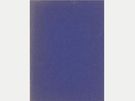
Heimo Zobernig. Ed. Galerie Peter Pakesch, Vienna. 1989.
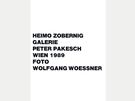
Heimo Zobernig. Ed. Galerie Achim Kubinski. Text by Prinzhorn, Martin. Cologne, 1990.
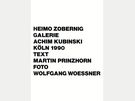
Heimo Zobernig. Multiple Choice. Ed. Jänner Galerie. Text by Draxler, Helmut. Vienna, 1990.
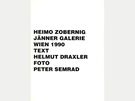
Heimo Zobernig. Ed. Kunstraum Daxer. Text by Gräßlin, Karola. Munich, 1991.
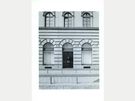
Heimo Zobernig. Ed. Sabine Breitwieser for Generali Foundation. Texts by Breitwieser, Sabine; Draxler, Helmut; Zettl, Reiner. Vienna, 1991.
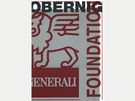
Heimo Zobernig. Ed. Sabine Breitwieser for Generali Foundation. Texts by Breitwieser, Sabine; Draxler, Helmut; Zettl, Reiner. Vienna, 1991.

Heimo Zobernig. Ed. Moderna Galerija. Text by Fuchs, Rainer. Ljubljana, 1991.

Heimo Zobernig. Ed. Galerie Kubinski. Texts by Armaly, Fareed; Draxler, Helmut; Graw, Isabelle et al. Cologne, 1992.
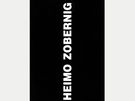
Heimo Zobernig & Mathias Poledna. Amerikaner. Ed. Edition Forum Stadtpark. Graz, 1992.
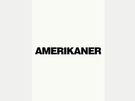
Heimo Zobernig [KOPIE]. Ed. Villa Arson. Texts by Draxler, Helmut; Graw, Isabelle; Perrin, Frank; Schmatz, Ferdinand. Nice, 1991.

Heimo Zobernig. Ed. Gesellschaft der Freunde der Neuen Galerie, Graz; Salzburger Kunstverein. Texts by Graw, Isabelle; Schmatz, Ferdinand; Weibel, Peter et al. Salzburg / Graz: Salzburger Kunstverein / Neue Galerie, 1993.
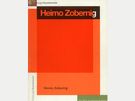
Heimo Zobernig [KOPIE]. Wien: Galerie Peter Pakesch, 1985.
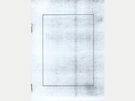
Heimo Zobernig. Ed. Galerie Borgmann-Capitain, Cologne. 1986.
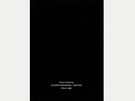
Heimo Zobernig. Ed. Galerie Peter Pakesch. Text by Oehlen, Albert. Vienna, 1987.

Heimo Zobernig. Ferdinand Schmatz. Ideation. Ed. Galerie Peter Pakesch. Text by Schmatz, Ferdinand. Vienna, 1987.
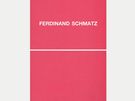
Heimo Zobernig. Ed. Kunsthalle. Texts by Draxler, Helmut; Graw, Isabelle; Loock, Ulrich et al. Bern, 1994.

Heimo Zobernig. Lexikon der Kunst 1992. Texts by Schmatz, Ferdinand; Zobernig, Heimo. Stuttgart: Edition Patricia Schwarz, 1992.
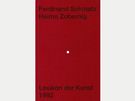
Heimo Zobernig. Farbenlehre. Texts by Schmatz, Ferdinand; Zobernig, Heimo. Vienna: Springer Verlag, 1995.
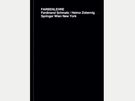
Heimo Zobernig. Ed. Secession. Texts by Decter, Joshua; Tscherkassky, Peter. Vienna, 1995.

Heimo Zobernig. Ed. Renate Wiehager for Villa Merkel, Esslingen. Texts by Metzger, Rainer; Wiehager, Renate. Ostfildern-Ruit: Cantz Verlag, 1998.
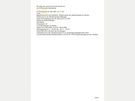
Heimo Zobernig. Ed. The Centre for Contemporary Art Ujazdowski Castle. Texts by Slizinska, Milada; Pakesch, Peter; Potocka, Maria Anna et al. Warsaw, 1998.

Heimo Zobernig. Der Katalog. Ein historisches System geistiger Ordnung. Ed. Peter Noever for Österreichisches Museum für angewandte Kunst. Texts by Petschar, Hans; Strouhal, Ernst; Zobernig, Heimo. Vienna: Springer Verlag, 1999.
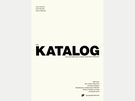
Heimo Zobernig. Kunst und Text. Ed. Bonner Kunstverein; Galerie für Zeitgenössische Kunst, Leipzig. Texts by Pohlen, Annelie; Snauwaert, Dirk; Winkelmann, Jan et al. Leipzig: Verlag der Galerie für Zeitgenössische Kunst, 1998.
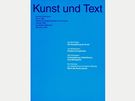
Heimo Zobernig. Farbenlehre. Ed. Galerie & Edition Artelier. Text by Badura-Triska, Eva. Graz, 2000.
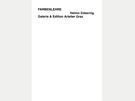
Heimo Zobernig. The Renaissance Society. Ed. Walker Hamza for The Renaissance Society at the University of Chicago. Texts by Ghez, Susanne; Goldstein, Ann; Wigley, Mark et al. Chicago, 1996.
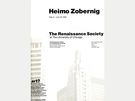
Heimo Zobernig. Jahresmuseum / Kunsthaus Mürzzuschlag 1993. Ed. Kunsthaus. Text by Rychlik, Otmar. Mürzzuschlag, 1993.
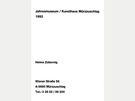
Heimo Zobernig. Austelung Katerlog. Ed. Museum Moderner Kunst Stiftung Ludwig, Vienna. Texts by Badura-Triska, Eva; Draxler, Helmut; Prinzhorn, Martin et al. Cologne: Buchhandlung Walther König, 2003.

Heimo Zobernig. Interferenze[n]. Ed. Galerie Prisma. Texts by Bresciani, Elisabetta; Frei, Mathias; Zobernig, Heimo et al. Bozen, 2003.

Heimo Zobernig. Ed. Kunstverein Ruhr. Text by Friese, Peter. Essen, 2002.

Heimo Zobernig. Ed. Kunstverein Braunschweig. Texts by Pestorius, David; Weh, Vitus. Cologne: Buchhandlung Walther König, 2005.

Heimo Zobernig. Display. Ed. Stefan Bidner for Kunstraum Innsbruck. Cologne: Buchhandlung Walther König, 2006.

Heimo Zobernig. Untitled 2006. Ed. Artspace Sydney. 2006.

Heimo Zobernig. Heimo Zobernig [KOPIE]. Ed. pestorius sweeney house. 2005.

Erik Steinbrecher. HALLO HEIMO. Ed. Micheline Szwajcer Gallery, Antwerp. Zurich: Bookhorse, 2008.

Heimo Zobernig. Video. Ed. Haubrokshows, Berlin. Text by Badura-Triska, Eva. Berlin: Argobooks, 2009.

Heimo Zobernig. MINIMAL MAXIMAL. Die Minimal Art und ihr Einfluß auf die internationale Kunst der 90er Jahre. Ed. Friese, Peter for Neues Museum Weserburg Bremen, Kunsthalle Baden-Baden et al.. Texts by Stemmrich, Gregor; Brehm, Margrit; Friese, Peter; Sc

Heimo Zobernig. [Blue Box Video], Atlas, Die Kunst der Enzyklopädie. Ed. Cornelia Lauf for Galleria Civica di Modena. Texts by Bruni, Laura; Lauf, Cornelia; Vettese, Angela. Paris: onestar press, 2008.

Heimo Zobernig. Cover Afrika Privat Club. Ed. CAPC musee d'art contemporain, Bordeaux. Texts by Draxler, Helmut; Rebentisch, Juliane; Weibel, Peter et al. Dijon: Les Presses du Reel, 2009.
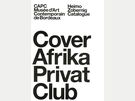
Heimo Zobernig and the collection of the Calouste Gulbenkian Foundation Modern Art Centre. Heimo Zobernig and the Tate Collection. Ed. Tate. Texts by Bock, Jürgen; Clark, Martin; Zobernig, Heimo. St. Ives, 2008.
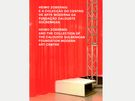
Heimo Zobernig. Ed. Essl Museum. Texts by Essl, Karlheinz; Heide, Bert van der; Oberhollenzer, Günther et al. Klosterneuburg, 2011.
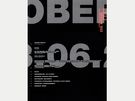
Heimo Zobernig. Ohne Titel (in Red) Kunsthalle Zürich. Ed. Beatrix Ruf for Kunsthalle Zurich. Texts by Ruf, Beatrix; Stemmrich, Gregor. Zurich: Ringier, 2011.
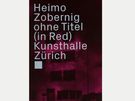
Heimo Zobernig. Gästebuch. Ed. Galerie Stadtpark. Krems, 1996.

Heimo Zobernig. Cash Flow. Nummer 10, Oktober 1990. Ed. Papp, Ferenc; Papp-Maurovic, Johanna. Wien, 1990.
Heimo Zobernig. Ed. Centro de Reina Sofia, Madrid; Kunsthaus Graz. Texts by Bock, Jürgen; Hochdörfer, Achim; Sandqvist, Gertrud et al. Cologne: Verlag der Buchhandlung Walther König, 2013.

Heimo Zobernig. Albert Oehlen. Malerei. Ed. Hochdörfer, Achim for MuMoK, Vienna. Cologne: Verlag der Buchhandlung Walther König, 2013.

Heimo Zobernig. Adolf Freiherr Knigge. Über den Umgang mit Menschen - Heimo Zobernig. Über den Umgang mit Büchern. Ed. Achleitner, Sabine; Schlick, Jörg. Graz: Edition Forum Stadtpark, 1990.
Heimo Zobernig. Leporello N° 01. Göteborg: LL'Editions, 2021.
Heimo Zobernig. Wien: Galerie Peter Pakesch, 1985.
Heimo Zobernig. Lexikon der Kunst 1997. Texts by Dreher, Anselm; Zobernig, Heimo. Stuttgart: Edition Patricia Schwarz, 1997.
Heimo Zobernig. Ed. Galerie soucasneho umeni. Texts by Dusini, Matthias; Skoda, Michal. Budweis, 2007.
Mrduljas, Duje, ed. Heimo Zobernig. Texts by Franceschi, Branko; Munivrana, Martina. Split: Ustanova za kulturu Galerija Kula, 2019.
Heimo Zobernig. Ed. Mrduljas, Duje for Ustanova za kulturu Galerija Kula. Texts by Franceschi, Branko; Munivrana, Martina. Split, 2019.
Heimo Zobernig. Räume. Ed. Fuchs, Herbert. Text by Ulrich, Matthias. Innsbruck: Skarabaeus, 2002.
Heimo Zobernig. Ambient of aesthetics. Paris: onestar press, 2006.
Heimo Zobernig. CMYK. Ed. Jardi, Pia; Meszaros, Julia for OSAS - Open Structure Art Society. Budapest, 2013.
Heimo Zobernig. Black Pages #75 (2017). Heimo. Wien, 2017.
Heimo Zobernig. Farben. Alphabet. Ed. Küng, Moritz. Text by Küng, Moritz. Barcelona: IF Publications, 2018.
Heimo Zobernig. Ed. Kraus, Karola for mumok - Museum moderner Kunst Stiftung Ludwig Wien. Texts by Ammer, Manuela; von Bismarck, Beatrice; Draxler, Helmut et al. Köln: Verlag der Buchhandlung Franz und Walther König, 2021.
Heimo Zobernig. Ed. Gesellschaft der Freunde der Neuen Galerie, Graz; Salzburger Kunstverein. Texts by Graw, Isabelle; Schmatz, Ferdinand; Weibel, Peter et al. Salzburg / Graz: Salzburger Kunstverein / Neue Galerie, 1993.
Artworks
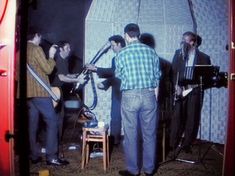
AVOIDANCE im Studio, 1992
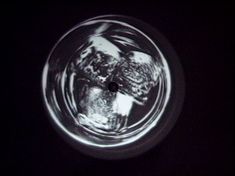
AVOIDANCE Label, 1992
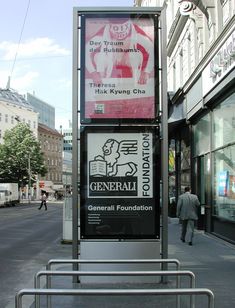
City Light, 2002
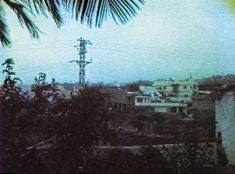
de nada, 1981
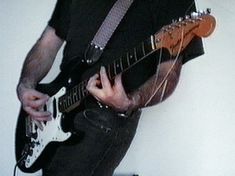
eS C H EIS Es, 1993
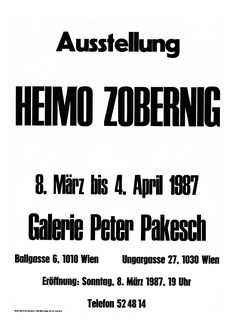
Künstlerplakate, 1987-
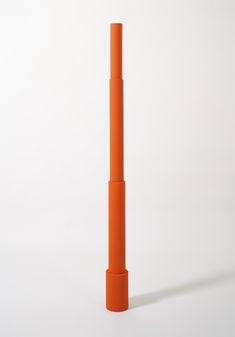
Ohne Titel, 1986
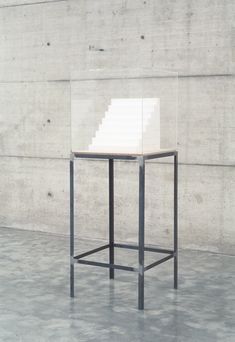
Ohne Titel, 1990
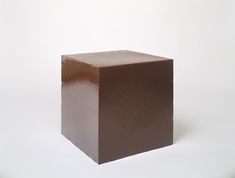
Ohne Titel, 1987
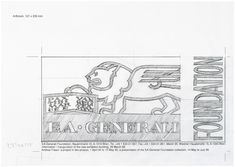
Ohne Titel, 1995
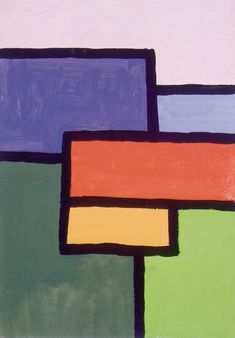
Ohne Titel, 1987
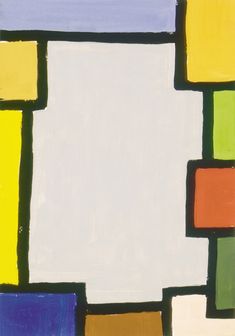
Ohne Titel, 1987
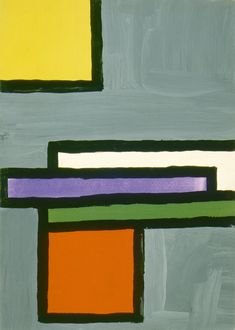
Ohne Titel, 1987
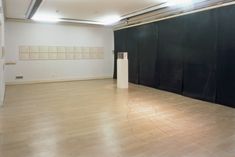
Ohne Titel, 1991-96
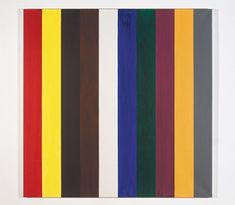
Ohne Titel, 1988
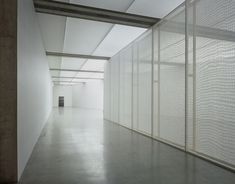
Ohne Titel, 2011

Ohne Titel, 1994
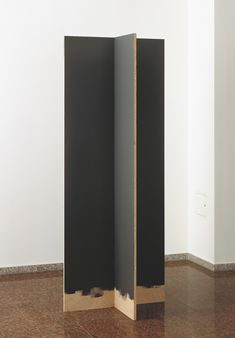
Ohne Titel, 1989
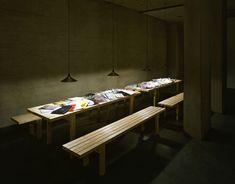
Ohne Titel, 2004/2007
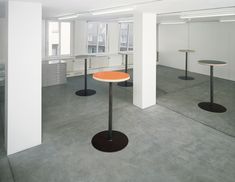
Ohne Titel, 1991
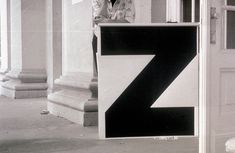
Ohne Titel, 1990-92

Ohne Titel, 1997

Ohne Titel, 2000
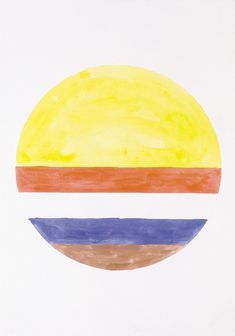
Ohne Titel, 1987
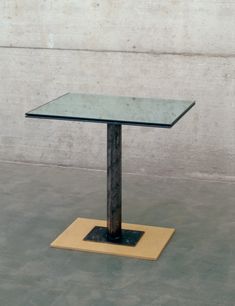
Prototyp Tisch, 1996
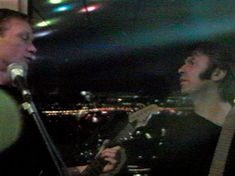
sun no shower, Danke, 1994
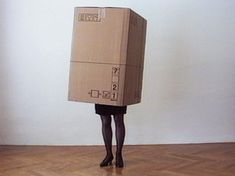
Video 38, 1992
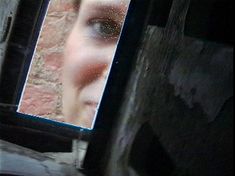
Video Cuna, La Grancia, Monumento Storico, Nel Segno della Scala, 1999
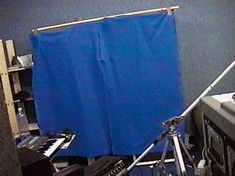
Video für Martin Kippenberger, 1997

Video Hans Weigand/Heimo Zobernig (mit Hans Weigand), 1992
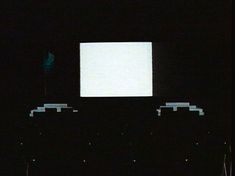
Video/Kino+(Ja/Nein, Ernst Schmidt jr. 1968, 1999

Video Nr. 1, 1989
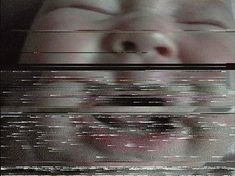
Video Nr. 10, 1995
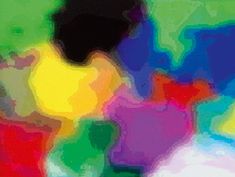
Video Nr. 11, 1995
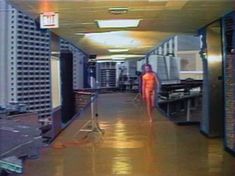
Video Nr. 12, 1996

Video Nr. 14, 1996
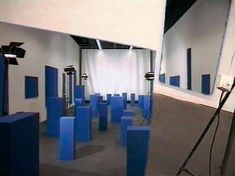
Video Nr. 15, 1997

Video Nr. 16, 1997
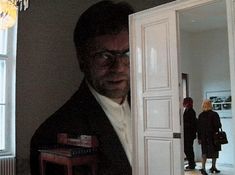
Video Nr. 17, 1998
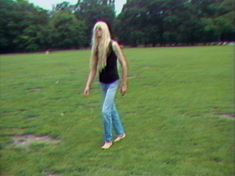
Video Nr. 2, 1989
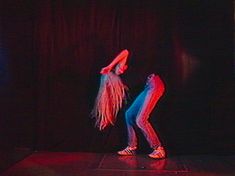
Video Nr. 3, 1989
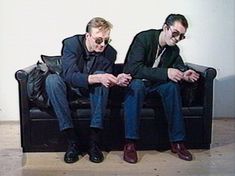
Video Nr. 4, 1989

Video Nr. 5, 1991
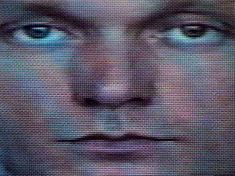
Video Nr. 6/13, 1996
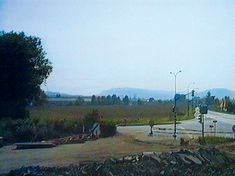
Video Nr. 7, 1991

Video Nr. 9, 1995
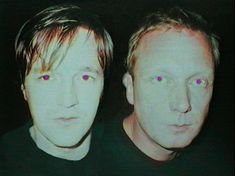
Video Richard Hoeck/Heimo Zobernig (mit Richard Hoeck), 1997
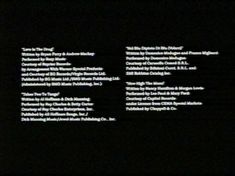
Film Titel Video, 1997

Film Titel Video, 1997
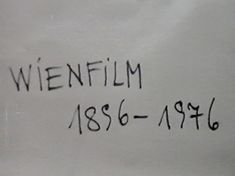
Film Titel Video, 1997